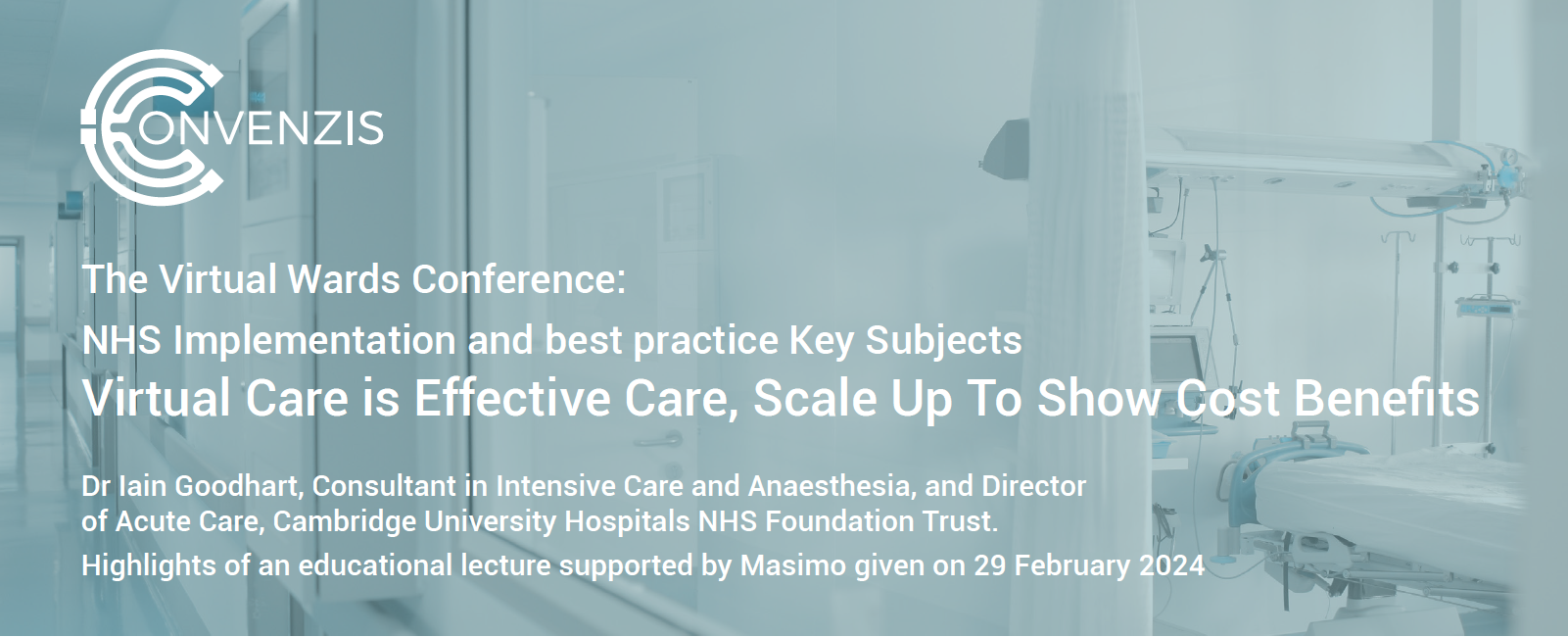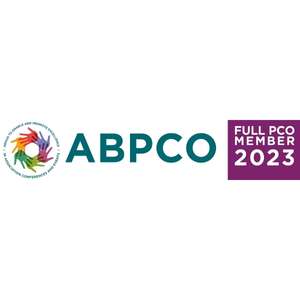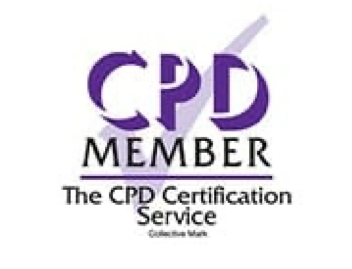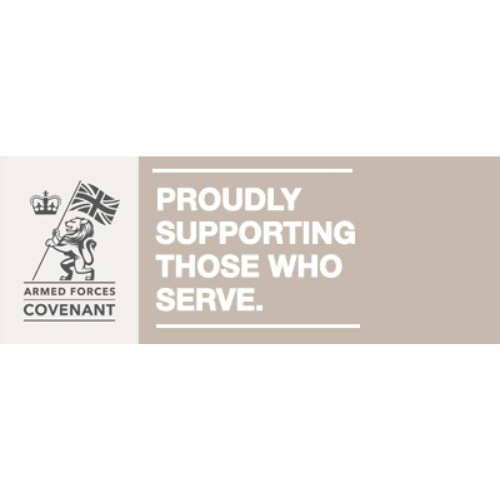
Highlights of a lecture at Virtual Wards Conference on 29 February 2024 supported by an educational grant from Masimo.
Virtual wards need to become a standard part of hospital care and, by scaling up the number of patients that are admitted to them, they should become cost-effective, delegates were told at the Virtual Wards Conference in London, UK.
“It’s about turning the hospital process a little bit upside down”, said Dr Iain Goodhart, Consultant in Intensive Care and Anaesthesia, and Director of Acute Care for Cambridge University Hospitals (CUH) NHS Foundation Trust. During his presentation, Goodhart discussed how to make virtual wards “really deliver what we need them to deliver, and what our patients need us to provide for them” in the coming 12–24 months.
Changing mindsets
The mindset that patients need to be treated in hospital needs to change. The technology is now available to help dedicated virtual ward teams look after patients as safely and effectively as if they were on a physical ward, he argued.
________________________________________________________________________________________________________________________________________________
The technology is now available to help dedicated virtual ward teams look after patients as safely and effectively as if they were on a physical ward.
________________________________________________________________________________________________________________________________________________
Moving patients onto a virtual ward may feel to be going against the norm, said Goodhart. The familiar practice is to keep patients on the wards, to be able to see patients in person and to access their electronic patient record in Epic. To send a patient home while still being under hospital care may feel unnatural at first. Healthcare professionals remain closely connected to their patients, however, and the accurate and consistent monitoring capabilities of the virtual ward, such as the ability to monitor the patient’s heart rate or oxygen saturation values etc., can mean the patient is even better safety netted on the virtual ward than they would be on the physical ward.
Patient perspective
From the patient perspective, going onto a virtual ward and being treated in the comfort and peace of your own home provides both physical and psychological benefits. Despite everyone’s best efforts, being in hospital in the UK is not always a great experience, Goodhart pointed out.
He provided an example in which a patient described their time on a “short-staffed, overcrowded, noisy ward with no daylight”. In sharp contrast, the patient described the virtual ward experience as “the most marvellous and efficient service. There was never a delay in speaking to someone and the support and advice around pain management and medication was superb”.
“Our patients like the virtual ward, each month we get them to do the surveys; each month it comes back positive. They feel safe, they feel supported, and they find it easy to use”.
_________________________________________________________________________________________________________________________________________________
While anecdotal, this highlights how patients prefer to be treated in their own homes and how it can provide a better overall experience for them, Goodhart suggested. Virtual wards are associated with high levels of patient satisfaction according to survey data collected from the CUH virtual ward.“Our patients like the virtual ward, each month we get them to do the surveys; each month it comes back positive. They feel safe, they feel supported, and they find it easy to use”. Showing data from a recent virtual ward survey, Goodhart highlighted how 60% of patients said that they felt ‘very safe’ and 40% ‘safe’; 85% said it was ‘very likely’ (12% ‘likely’) to recommend the ward to others, and 79% said that the ward was ‘very easy’ or ‘easy’ to use.
The CUH virtual ward
_______________________________________________________________________________________________________________________
The CUH virtual ward uses accurate industry-leading monitoring technology developed by Masimo to ensure that patients are effectively “safety netted”.
_______________________________________________________________________________________________________________________
The CUH virtual ward has been up and running since November 2022. Some of the important features of the ward are that it is run with consultant oversight, there is a dedicated team of healthcare professionals who provide daily care, which includes home visits, patients can contact someone if they need to 24/7, and at it uses accurate industry-leading monitoring technology developed by Masimo to ensure that patients are effectively “safety netted”. The referral pathway is somewhat unique in that it enables any patient treated within its hospital system to be referred on to the virtual ward. Data on 1,300 patients from its first year of operation show that the majority were referred from general medicine, geriatric medicine, cardiology, and respiratory medicine, but patients have come from more 32 different specialties, Goodhart said.
To say that the CUH virtual ward has been a success would be an understatement. Starting out with just 10 patients, the ward now officially has space for 45 patients, but there are currently 72 patients on the ward.
“We have found that the demand is outstripping supply and we’re now having to turn patients away”, said Goodhart. “So it is now a case of going back to look at how we can expand and this relies very heavily on what we do with the numbers and the benefits that we can provide to the system”, Goodhart said.
Cost savings of virtual wards
Clearly the need is there, but what about the cost? Goodhart notes that there had been some negative press recently about the cost of virtual wards based on a retrospective study published in BMJ Open. But even the authors of that study had acknowledged weaknesses in their data. Moving a patient onto a virtual ward should lead to significant cost savings, Goodhart argued.
_______________________________________________________________________
Moving a patient onto a virtual ward should lead to significant cost savings.
_______________________________________________________________________
To illustrate this he presented a hypothetical example in which he compared the costs of in-patient care for 8 days to the cost of in-patient care for 4 days, followed by virtual ward care for 7 days. Assuming a cost of £350 per day per patient for in-patient care and £100 per day per patient for virtual ward care, this would mean the total cost of treatment would be a respective £2,800 and £2,100. So by moving someone onto a virtual ward a £700 saving could be made, Goodhart said.
Moreover, if the length of stay on the virtual ward were reduced to 5 days, the total cost would be £1,900 and therefore the cost saving would be higher, at £900. Now multiplying those possible cost savings by the 1,300 patients who accessed the CUH service in 1 year, would give theoretical organisational benefits of £910,000 for a 7-day virtual ward stay and £1.17 million for a 5-day virtual ward stay, he added.
Moreover, Goodhart said that if a hospital were able to perform more elective procedures because of the saved hospital bed days that could lead to an additional gain of around £3000 per procedure.
By adding that to the pot of savings made from a 5-day virtual ward stay, that could mean more than a £5 million theoretical gain for the hospital.
Problems with length of stay calculation
So if virtual wards are cost effective, said Goodhart, why hasn’t that been convincingly demonstrated yet? He pointed out that there were flaws in using the length of stay calculation for determining the cost-efficiency of virtual wards.
______________________________________________________________________________________________________________
“We have to calculate the mean length of stay for these patients, and in my mind, this is where the maths unravels”.
______________________________________________________________________________________________________________
Presenting a chart of all admissions for pneumonia at CUH over a period of 1 year, he showed how there was a “huge variation” in the length of stay. Then, considering patients aged between 65 and 69 years he noted that only a “tiny fraction” were admitted to the virtual ward. “But the rules say we have to calculate the mean length of stay for these patients, and in my mind, this is where the maths unravels”, said Goodhart.
By example, he noted that of five patients who were admitted to the virtual ward, one spent 3 days, two spent 4 days, one spent 8 days, and one spent 21 days on the physical ward prior to virtual ward admission. This means that, when compared to an average length of stay of 8.9 days for patients treated for pneumonia, the estimated length of stay saving was a respective 6, 5, 5, and 1 day.
“The one patient who was in the hospital for a long time before they came into the virtual ward was complex, and we only get a one bed day saving for that patient. It completely ignores the complexity of the patient or that they may not have been suitable for virtual ward admission until that point” said Goodhart.
Time to think SMART to scale up
“Patients do probably stay on the virtual ward longer than they stay on the physical ward”, he conceded, but the virtual ward team will work hard to discharge patients as soon as possible.
That requires clinical experience and competency, so it is vital that a virtual ward has the staff with the right skill mix and support so they can determine when it is safe to discharge a patient.
“You need to have your consultants supporting your nurses in their decision making, you need to have nurses who’ve got experience, who are empowered to use their clinical judgement and who have the time to speak to the patients. You need to have the tests, you need to have the monitoring and the data there to reassure yourself”, he said.
___________________________________________________________________________________________________________________________
“For virtual wards to have an impact they need scale, capability, monitoring and a fundamental change to patient management”.
___________________________________________________________________________________________________________________________
“For virtual wards to have an impact they need scale, capability, monitoring and a fundamental change to patient management”, Goodhart proposed. Hospital teams need to have a defined plan on when a patient might be safe to discharge.
While the incoming ‘Clinically Fit Date’ and ‘Criteria to reside’ may prove helpful, he argued that the plan needed to be specific, measurable, achievable, realistic, and timely (SMART).
“If you’ve got the right technology, then you can be monitoring your patients who you think might deteriorate, you can keep them safe”, said Goodhart. “And that’s exactly what we’re doing”. Blood pressure, temperature, heart rate, oxygen saturations, are all closely monitored on the CUH virtual ward and the patient readings are fed into a central hub, which is then linked to the patients’ electronic medical records in Epic.
________________________________________________________________________________________________________________________________________________________
“Digital enablement can facilitate efficient staffing ratios and enable scale, freeing the team to focus on kind and effective treatment for those who require it”.
________________________________________________________________________________________________________________________________________________________
“You can see that data straightaway. So we can take acutely unwell patients, we can put them in their homes, we can monitor them for deterioration. And that in my mind is a game changer about our ability to scale up”, Goodhart said. He concluded: “Digital enablement can facilitate efficient staffing ratios and enable scale, freeing the team to focus on kind and effective treatment for those who require it”.

























